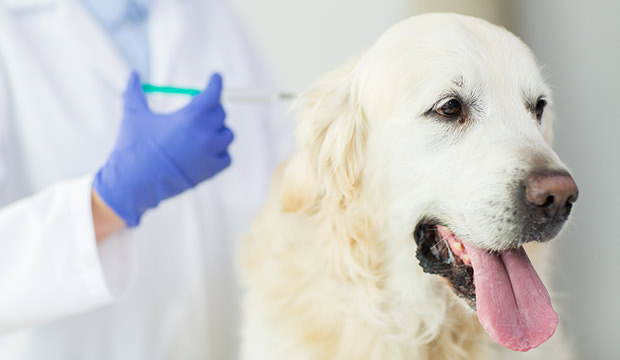
Diabetes in dogs can be rather tricky a disease, but even though there’s no cure for it, it can indeed be treatable.
When the pancreas becomes damaged, it results in a shortage of insulin producing cells in this organ, and the worst part is – it is irreversible. This is why diabetic dogs are very unlikely to go into remission and they require special treatment.
Signs Of Diabetes In Dogs
The most conspicuous symptoms of diabetes in dogs include:
- Change in appetite
- Excessive thirst/increase in water consumption
- Weight loss
- Increased urination
- Unusually sweet-smelling or fruity breath
- Lethargy
- Dehydration
- Urinary tract infections…
Should you notice any of these in your furry friend, bring your pet to your nearest vet immediately.
Treatment Of Diabetes
As diabetes in dogs is caused by the shortage of insulin, the usual treatment is rather easy actually – insulin injections.
First, you need to work out how much insulin your dog needs. “He will be admitted to hospital and given a measured dose, and then his blood will be checked at regular intervals to assess his response,” say folks over at Love That Pet.
“When the amount of insulin he needs has been calculated, you can then continue to treat him at home. It’s not difficult to learn how to give insulin injections, and the needles are so fine that your dog will barely notice them.”
Also, it is essential that your pooch’s energy needs are met and kept consistent. Meaning – your dog must exercise regularly, while his food intake should also be regular in terms of both quantity and the timing of his meals.
